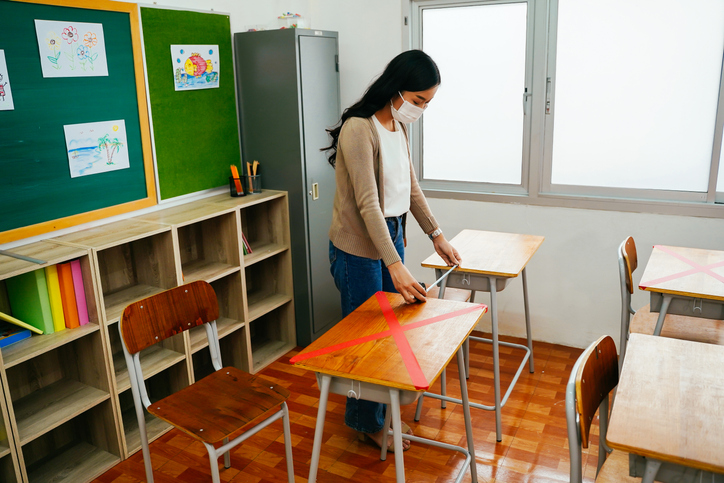
California has outlined several goals for its education system, which are rapidly approaching over the course of the next decade. Among these are plans to develop a universal preschool program by 2025, as well as the Global California 2030 plan, which aims to foster the development of 1,600 dual-language immersion programs within the state by 2030. That’s where Assembly Bill 1701 comes in. Introduced earlier this year by State Assembly Member Jose Medina (D-Riverside), AB 1701 would establish the California State University Jump Start Grant Program. The program would invest millions of dollars toward developing bilingual teacher education programs, in order to keep up with the educational demands of the next eight years.
“The need for credentialed teachers with a bilingual authorization has increased,” the bill reads. Yet the number of credentialed teachers who are authorized to teach in dual-language immersion programs has actually declined over the past two decades or so. At its peak in the late 1990s, there were roughly 1,800 teachers with bilingual authorization—during the 2015–16 school year, there were just 1,488.
According to a report by EdSource, the state would need to double the number of teachers in dual-language education programs to meet the goals outlined in Global California 2030 in a timely fashion.
The number of students enrolled in dual-language immersion programs has also declined—according to the bill, 30% of English language learners were enrolled in such programs. Now, AB 1701 says only 5% are enrolled in dual-language education.
A little more than half of the 80 teacher preparation programs in the state’s higher education system offer bilingual authorizations—under AB 1701, the state would appropriate a sum of $5 million annually toward the development of these programs. Specifically, this money would be allocated to allow programs within the CSU system to better recruit full-time and part-time faculty on tenure tracks to improve the quality and consistency of bilingual teacher preparation programs. “We now have a central site where all heritage language programs can be documented, located, and shared. It is not a competition, it is the largest collaboration project so far.”
Ultimately, the Portal reframes language education as a vital component of social justice and equity.
“Our political system, our justice system, our health care system, our communities cannot function properly If we cannot communicate with each other,” says Richard Brecht, director of the Portal project and co-director of the American Councils Research Center. “What the Working Group is trying to prove with this website is that we can meet the needs of all Americans, whether they are born here or abroad, whether they grew up in rural towns, big cities, or on Native lands. Everyone can and should have access to quality language education, and the new Portal will offer concrete examples of how to make that happen.”
www.americaslanguages.org





